Unlocking the Relationship Between Convolutions and Learning
You may have heard that the brain has a mysterious functioning. So mysterious, in fact, that even today it is not possible to fully understand it. The brain's convolutions, on the other hand, contribute a great deal to this complex system. But do you know why the brain has a convoluted structure, or do its convolutions increase as we learn new things? Let's discover the answers to these questions and the mysteries of the brain, at least those that have been uncovered.
Let's examine how the convolutions of the brain are formed first.
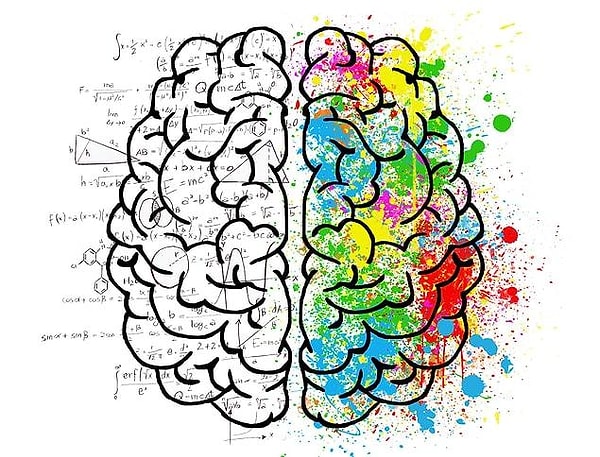
There is no scientific evidence on how brain convolutions are formed. However, these convolutions begin to develop while a person is still in the womb. The brain structure of a baby in the womb is flat at first, but it develops with convolutions over time. As the time of birth approaches, the convolutions become more apparent. The brain of everyone who has completed their development maintains its convoluted structure, but if there are any health problems in the brain, changes in the convoluted structure can also be observed. In some individuals with rare brain diseases, brain convolutions may be absent or may not develop to the required extent.
And what do these convolutions do?
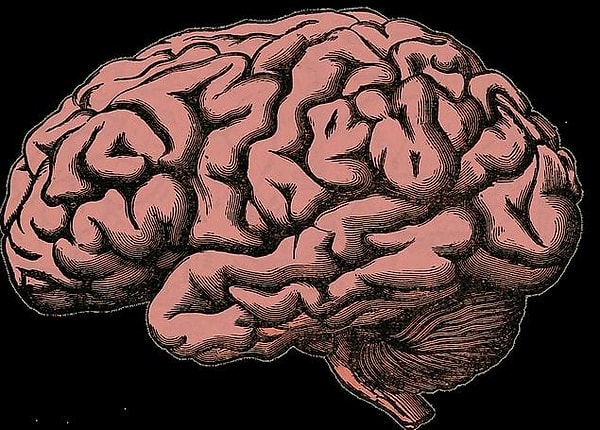
The convoluted structure of the brain basically allows it to fit into the skull. It also allows neurons to move more easily. If there were no convolutions, the human brain would have to be much bigger to fit in the skull.
The brain has a unique functioning.
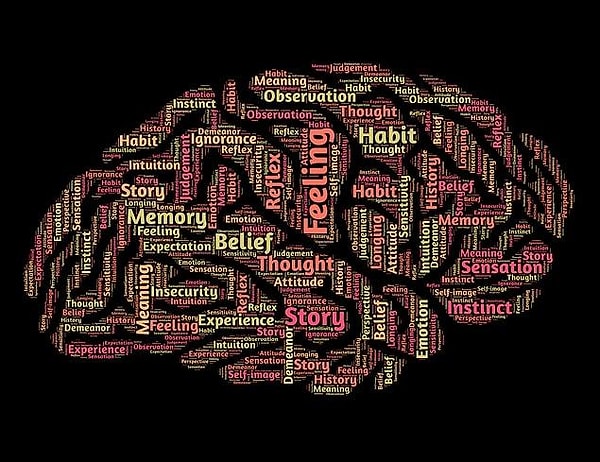
The convoluted structure, with its unique form, with its indentations and protrusions, also facilitates the functioning of the brain. If the brain were flat, neurons would not be able to move so easily to communicate with each other. It is also likely that neurons would be looking for space to spread out because the brain would need a larger surface to avoid misinteractions because it doesn't have convolutions. Fortunately, the convolutions create shortcuts for neurons so that the right neurons can find each other quickly.
How does new information affect the shape of the brain?
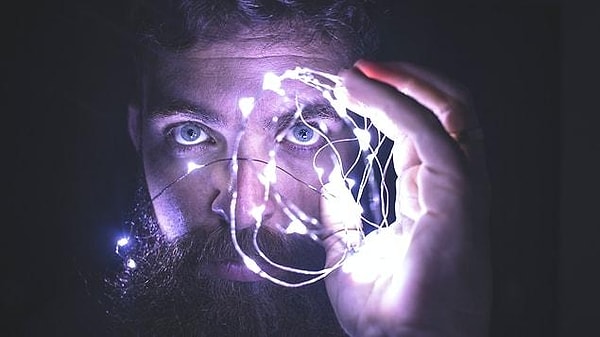
When the brain receives new information, neurons may grow or increase, and different parts of the brain may work actively. Some argue that the brain's convolutions would also increase during this process. But is such a thing possible? To answer this question, let's take a closer look at the convolutions of the brain.
Do brain convolutions change shape?
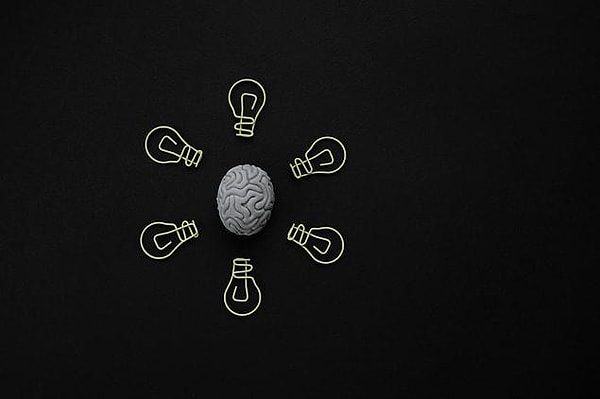
The convolutions in the brain do not change unless there are physical impacts such as blows to the head, gunshot wounds, surgeries and similar physical effects. However, as the brain develops, connections between neurons can increase and the brain becomes more flexible. This is true not only for humans but also for animals.
Can the convolutions increase or decrease from time to time?
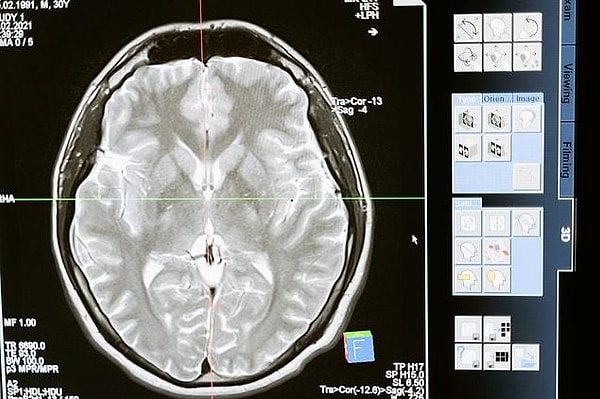
The number of convolutions in our brain when we are born stays with us throughout our lives. Therefore, there is no increase or decrease in the number of convolutions, even if we learn new information non-stop. In other words, there is no correlation between acquiring new knowledge and brain convolutions. In addition, the number of convolutions can't be clearly defined because this number is different for each individual. The reason for this is thought to be the volume and structure of the skull.
What happens in our brain when we learn new informations?
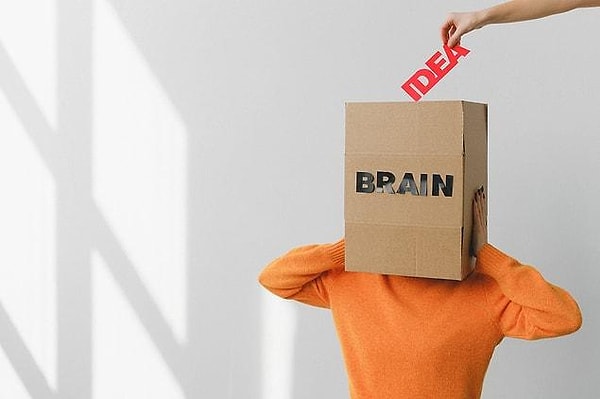
When the brain accepts new information, it starts working quickly. All activities, such as generating a thought or learning to play a new instrument, require neurons to connect with each other in order to retain or process information. Each time new information is received, a new neuron connection is formed in a short time. The information learned is stored in the brain's memory center for later recall or use.
Brain convolutions are also not directly related to intelligence.
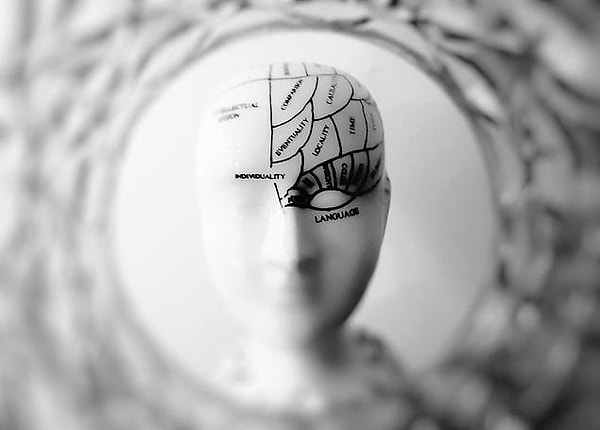
Contrary to popular belief, the idea that smart people have more convoluted brains than other people doesn't reflect the truth. Doctors and experts make clear statements about this situation, which is a subject of debate from time to time, because research shows that the structure and number of convolutions don't have any effect on intelligence. The power behind intelligence is thought to be the number of neurons.
Keşfet ile ziyaret ettiğin tüm kategorileri tek akışta gör!


Send Comment